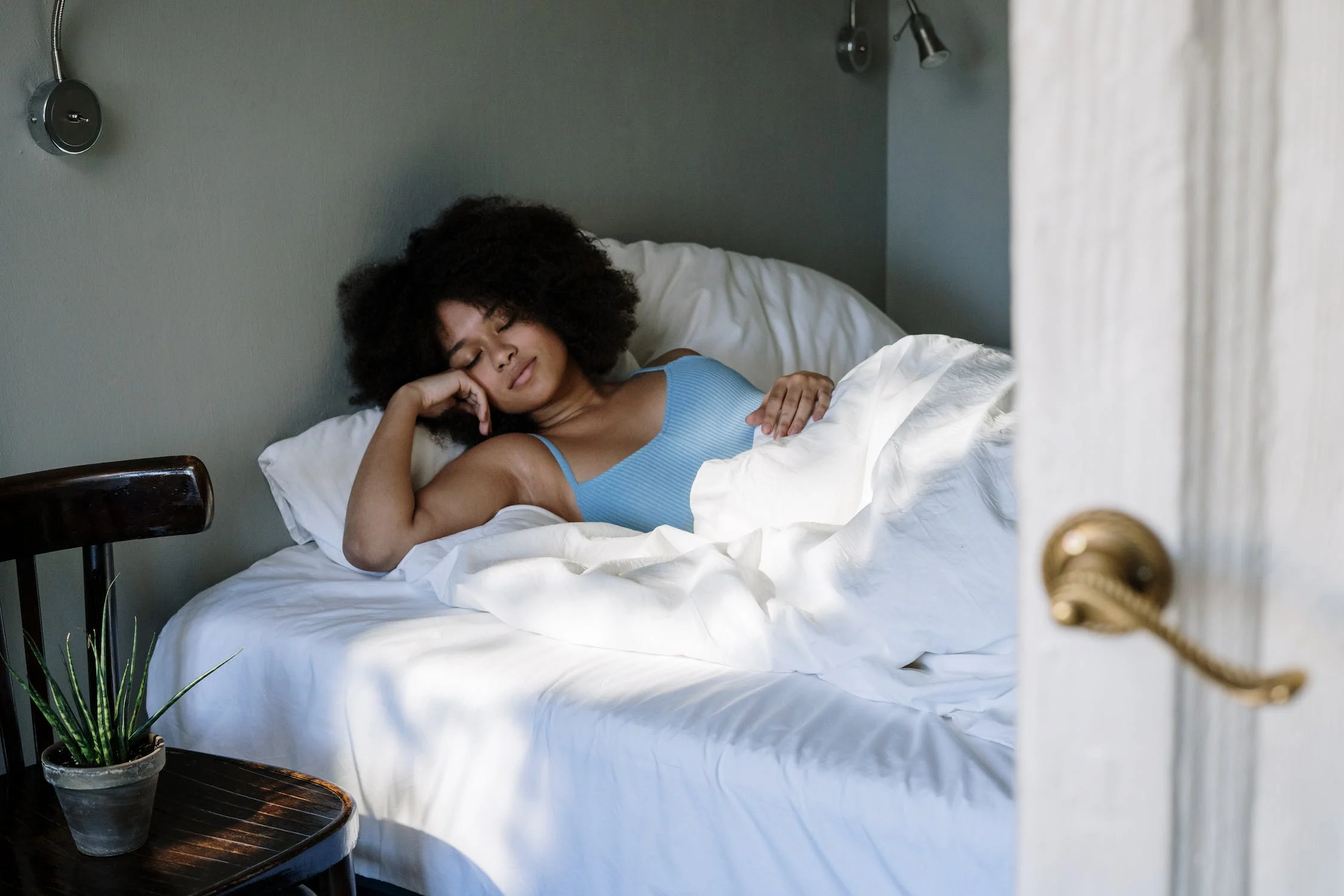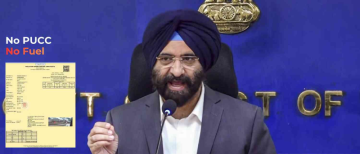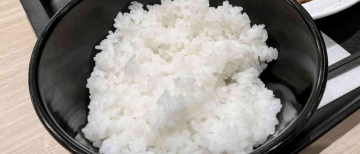A recent study by researchers from MIT and Harvard Medical School suggests that taking a short nap during the sleep onset phase can enhance creativity. The study, published in Scientific Reports, demonstrated that prompting participants to dream about a specific topic during this phase resulted in better performance in creativity tasks related to that topic. The researchers referred to this technique as "targeted dream incubation," where individuals are encouraged to dream about a particular subject during the sleep onset phase. This approach yielded more creative outcomes compared to individuals who took naps without a prompt or stayed awake. The researchers believe that the dream state during sleep onset allows the brain to establish broader connections between unrelated concepts, thereby boosting creativity. Accessing this brain state may enhance creative abilities while awake.
Previous research already hinted at the creative potential during the early stage of sleep known as N1 or hypnagogia. The objective of this study was to provide insights into the brain's functioning and cognitive states, as well as explore ways to influence them. To facilitate targeted dream incubation, the researchers developed a device called Dormio. This device includes a glove that measures three physiological sleep markers: changes in muscle tone, heart rate, and skin conductance. The measurements are communicated to a smartphone or laptop app. When the wearer enters the N1 sleep stage, the app prompts them to dream about a specific topic. As they transition to the next sleep stage, the app wakes them up to report their dreams, which are recorded for analysis.

The study involved 49 participants divided into four groups. One group took a 45-minute nap using the device and was prompted to dream about trees. The app encouraged them to go back to sleep and dream about trees whenever a dream was reported. Another group napped with the device but only observed their thoughts. The remaining two groups either napped without a specific prompt or stayed awake. After the nap or wake period, the participants were given three creativity tasks that had previously been associated with creativity. The results showed that participants instructed to dream about trees produced the most creative stories compared to the other groups. Even those who napped without a prompt demonstrated greater creativity than those who stayed awake. The study also revealed that individuals who dreamt about trees achieved higher scores in tests assessing creative uses of trees and word associations.
Participants who napped with targeted prompts exhibited 43% more creativity than those without prompts, and 78% more creativity than those who stayed awake. Moreover, participants who had a higher frequency of tree-related dreams demonstrated greater creativity in their stories. In two of the tasks, individuals who napped generated word combinations that were more conceptually distant compared to those who stayed awake. This finding supports the notion that the brain, during sleep onset, can establish connections between ideas that may not naturally occur during wakefulness. The researchers are currently refining their study protocol to make it more accessible and exploring other potential applications, such as using targeted dream incubation to help alleviate nightmare-related distress.
© Copyright 2023. All Rights Reserved Powered by Vygr Media.























